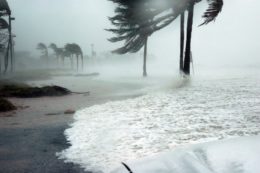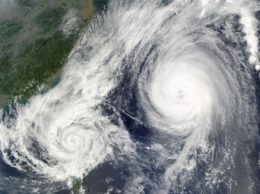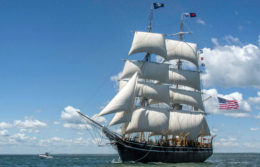Analysis of Storm Surges in Manila Bay
Background The National Oceanic and Atmospheric Administration (NOAA) defines storm surge as the abnormal rise in seawater level during a storm, measured as the height of the water above the normal predicted astronomical tide. The surge is caused primarily by storm winds pushing water onshore (NOAA, 2019). The amplitude of a storm surge is attributed to several factors…


